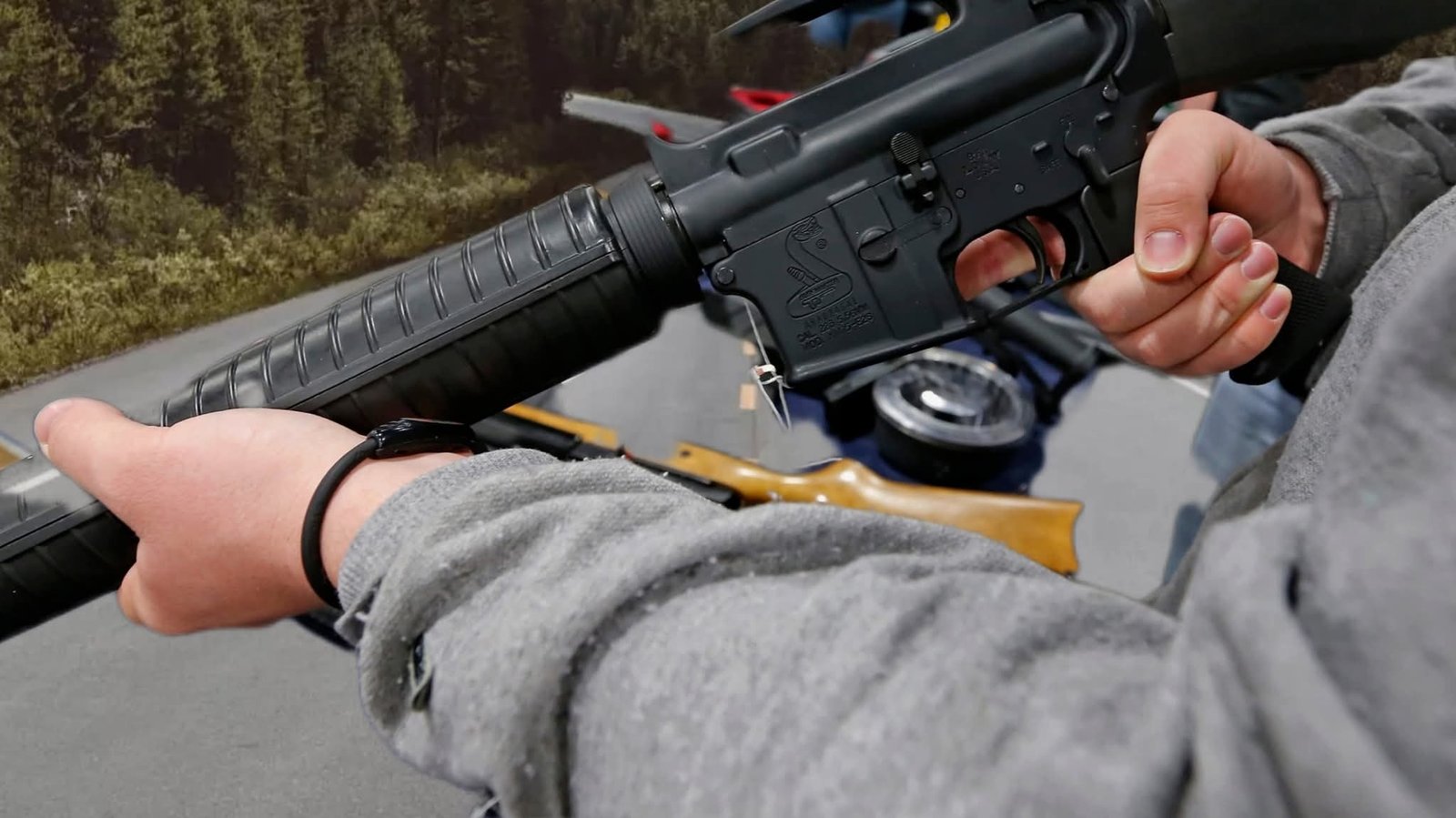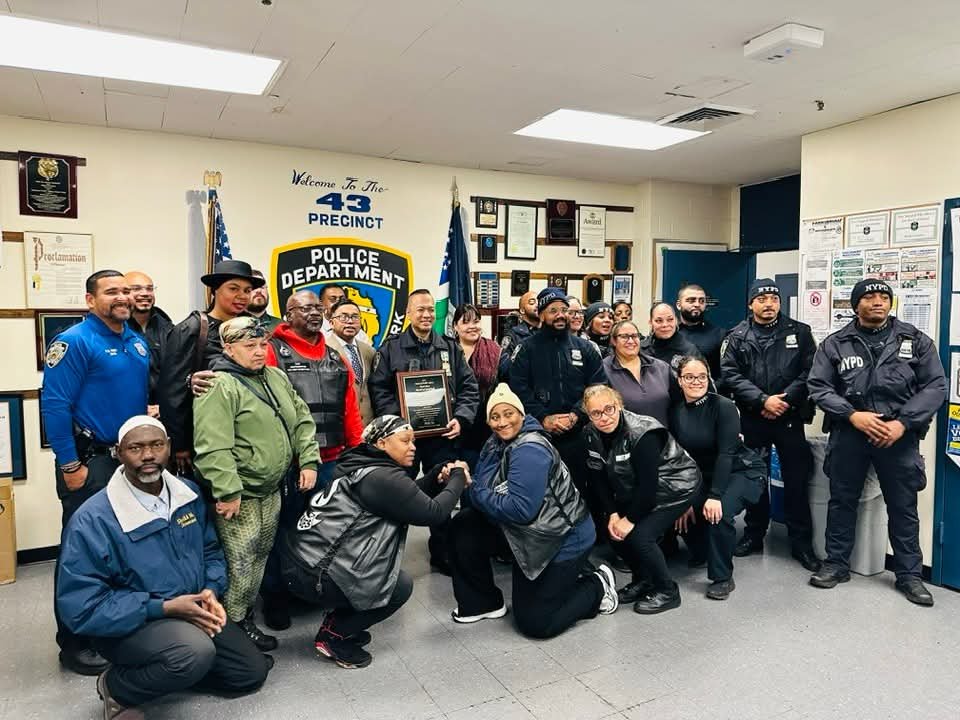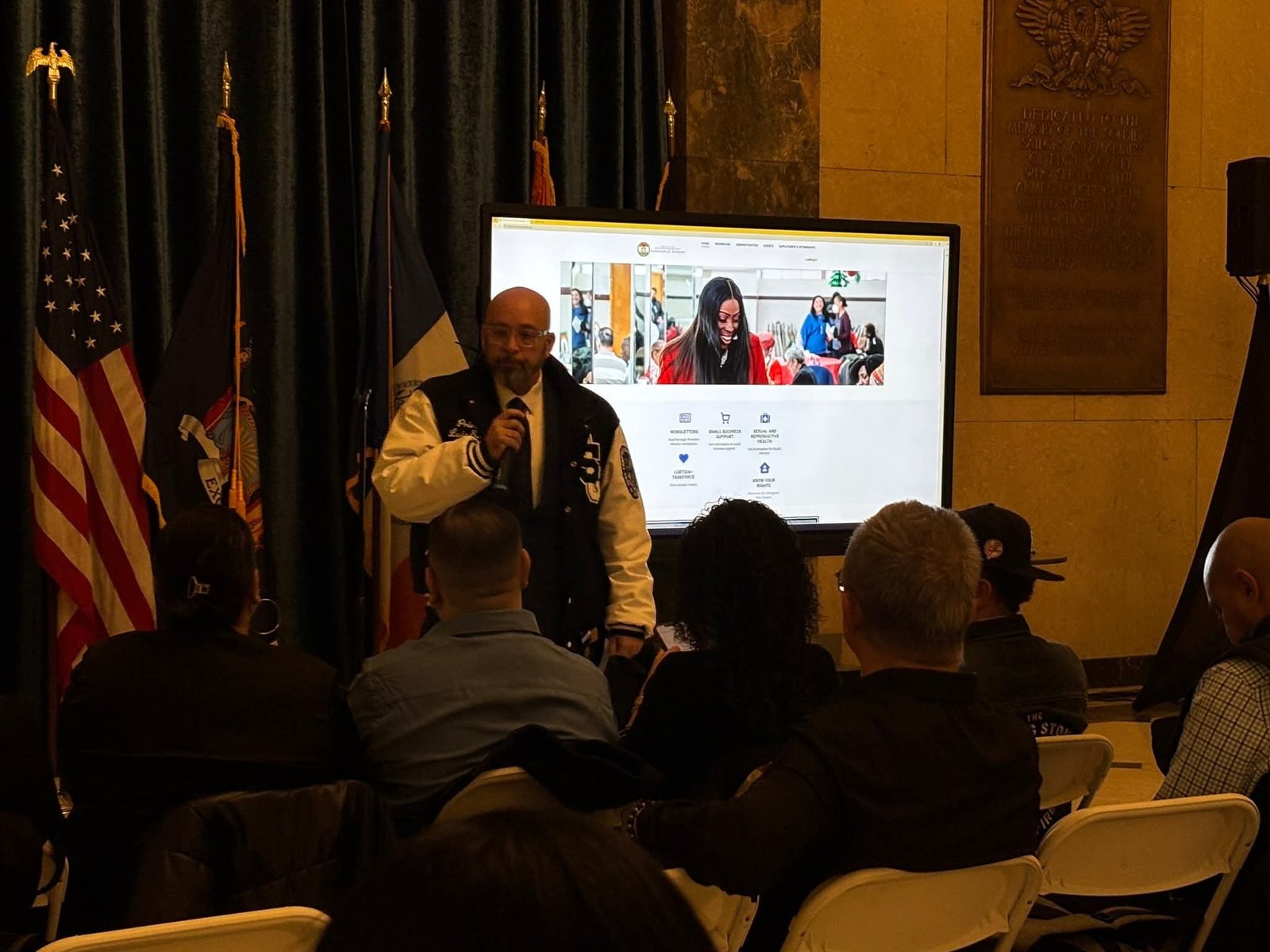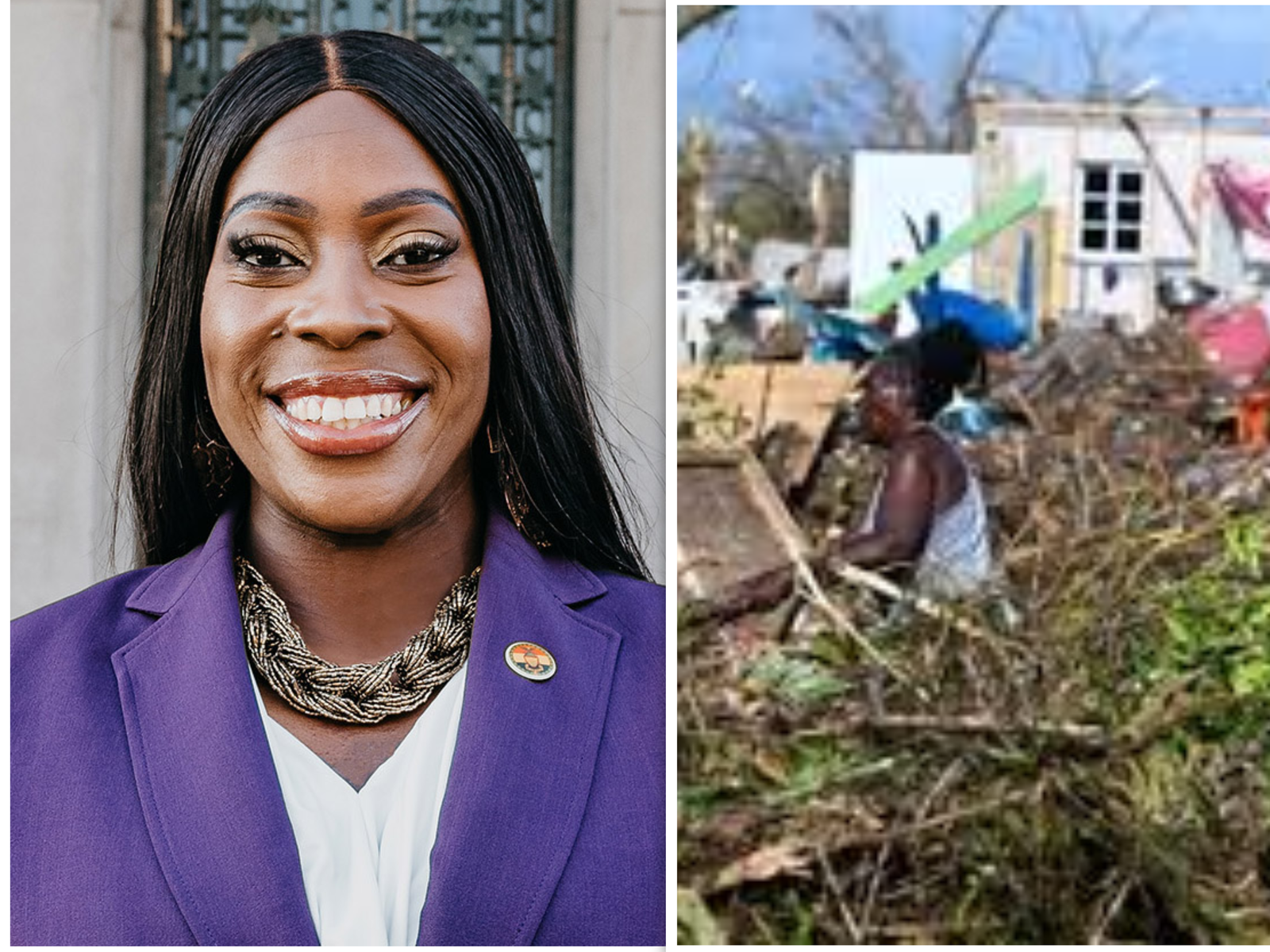
The bustling city of New York, a symbol of hope and refuge, is now grappling with a harrowing reality that might jeopardize its safety fabric.
Migrant shelters, meant to offer solace to those seeking better lives, have inadvertently become sanctuaries for some of the most dangerous criminals.
These individuals, wanted for heinous crimes such as rape, murder, and other violent acts, are exploiting the city’s hospitality by blending in with the legitimate migrant populace.
The New York Police Department (NYPD) finds itself at a significant impasse. Despite their relentless efforts to maintain safety and order, their hands are tied due to restricted access to crucial information. The lack of transparency regarding the identities of shelter residents severely hampers their ability to track and apprehend these fugitives.
Even more troubling is the frequent relocation of migrants without notifying law enforcement, which further complicates the pursuit of justice.
Shelter staff, perhaps unwittingly, have become an obstacle, often showing reluctance to cooperate with detectives. Reports suggest that these staff members sometimes protect criminals from being discovered, inadvertently providing them with a safe haven.
This lack of collaboration has led to a perilous situation where these offenders can commit crimes and retreat unhindered, knowing they are shielded from police intervention.
The NYPD has described this scenario as nothing short of a “disaster.” Officers express frustration at the inability to remove these dangerous elements from cohabiting with innocent migrants.
One source lamented, “We know they’re in one of these locations, but we just can’t find them.” This sentiment underscores the urgency for a systematic overhaul to alert law enforcement when a known criminal arrives at a shelter.
Furthermore, the presence of these felons poses a dire threat to the vulnerable, especially migrant children who reside in these facilities. The potential for harm is immense, and the situation calls for immediate remedial action.
City authorities are urged to bridge these operational gaps and foster cooperation between shelter management and law enforcement. By doing so, they can ensure that these criminals do not continue to elude justice and that New York remains a beacon of safety for genuine asylum seekers.









